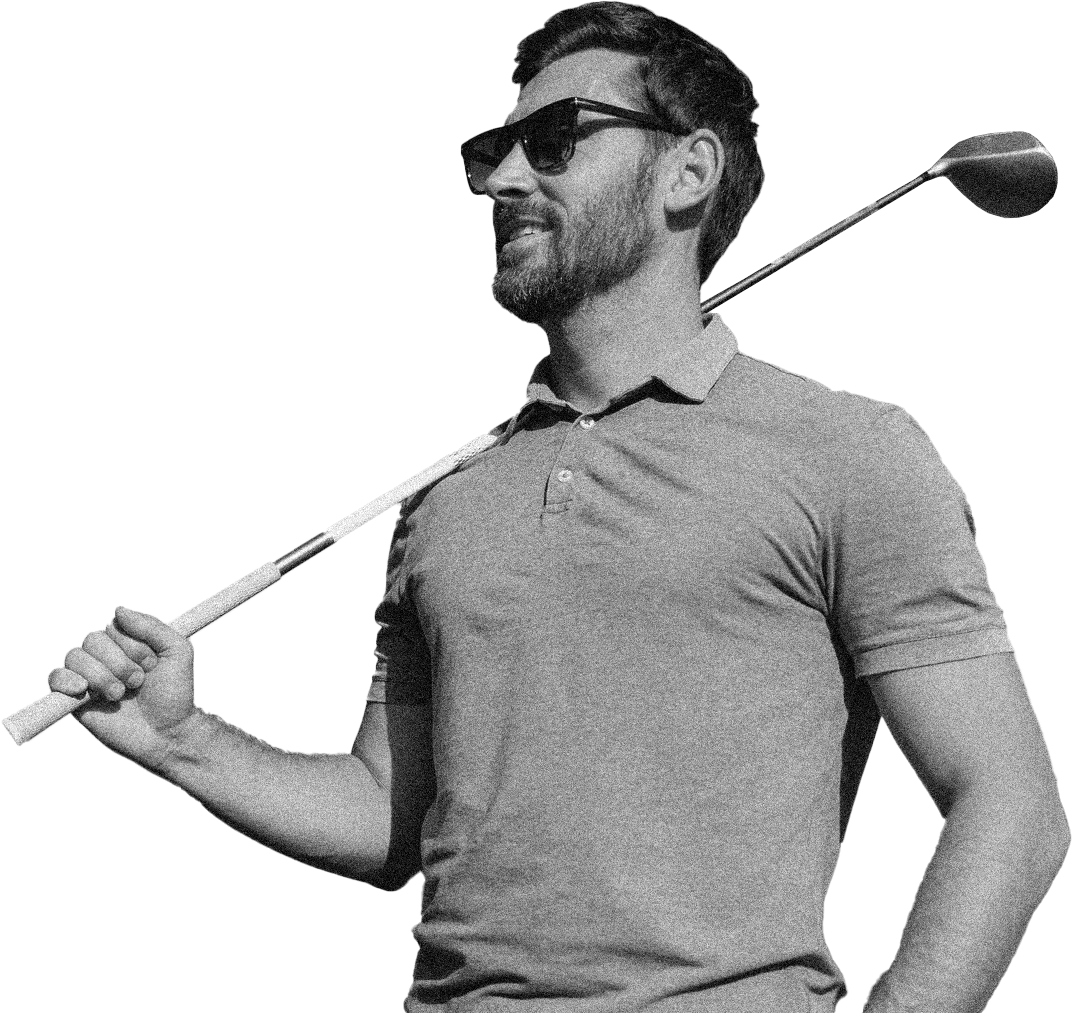Standing on the tee box, staring down a narrow fairway, the pressure builds. You want this to be your best round yet, but instead of enjoying the moment, you’re overwhelmed by everything that could go wrong.
Sound familiar? For many golfers, trying to improve their game feels like chasing perfection—frustrating, exhausting, and often unproductive.
What if the key to better golf wasn’t hitting miracle shots but setting small, actionable goals? Just like Michael Phelps broke down his Olympic dreams into daily targets, golfers can transform their game by focusing on small, measurable improvements.
That’s the approach we emphasize at the best golf schools, where consistent, focused goal-setting turns average players into great ones.
Here’s how you can take this principle to the course and start seeing results.
Why Small Goals Make a Big Difference
Golf improvement isn’t about magic fixes; it’s about building habits. Small goals create a clear roadmap for what to work on, and every “win”—no matter how small—builds momentum.
The Psychological Boost of Progress
When you break your improvement into bite-sized pieces, each accomplishment feels like a win. Maybe you finally fix that slice or consistently improve your putting alignment. These victories don’t just add up—they motivate you to keep going.
Our students at the best golf schools often say that achieving small milestones during practice helps them stay positive, even after a tough round.
Focus on What’s in Your Control
Golf can be unpredictable, with weather, course conditions, and even luck influencing your game. Goals like “I want to play better” are too vague to be actionable. Instead, aim for specific, achievable targets:
- Hit at least 60% of fairways in a round.
- Make two fewer three-putts per round.
- Improve bunker play to save par at least once.
How to Set Effective Golf Goals
Not all goals are created equal. To maximize your improvement, focus on setting SMART goals—specific, measurable, achievable, relevant, and time-bound.
Be Specific
“Get better at putting” is vague. Instead, set a goal like, “Sink 15 out of 20 putts from six feet during practice.” The specificity gives you something concrete to aim for.
Keep It Measurable
Track your stats to measure progress. Apps or scorecards can help you monitor fairways hit, greens in regulation, and putts per round. Seeing the numbers improve is incredibly motivating.
Start Small
It’s tempting to set big goals, like shaving 10 strokes off your handicap. Start smaller: aim to lower your score by two strokes over a month.
Make It Relevant
Focus on the areas that will have the biggest impact on your game. If you’re struggling with approach shots, don’t spend all your time working on driving distance.
Set Deadlines
Goals without a timeline tend to drift. Commit to weekly or monthly targets to keep yourself accountable.
Building Goal-Setting into Your Practice Routine
Like anything in golf, setting goals takes practice. Here’s how to make it a habit:
Plan Your Practice
Instead of hitting 100 random balls at the range, focus each session on specific goals. For example:
- Warm up with 20 wedges, aiming for a consistent distance.
- Spend 15 minutes practicing short putts.
- Finish with 10 drives, focusing on accuracy over distance.
Review and Reflect
After every round or practice session, evaluate how you did. Did you meet your goals? If not, what held you back? Reflecting helps you refine your goals for next time.
Celebrate Wins
Even small improvements deserve recognition. If you finally hit three straight greens in regulation, give yourself credit. Positive reinforcement keeps you motivated.
How Goal-Setting Transforms Your Game at the Best Golf Schools
At John Hughes Golf, we’ve seen firsthand how small goals lead to big breakthroughs. Our programs focus on helping golfers identify key areas for improvement and turning those into actionable steps.
Breaking Down Big Aspirations
A golfer might come to us wanting to break 80 for the first time. That’s a great goal, but we help them break it down:
- Improve fairway accuracy from 50% to 70%.
- Get up and down from bunkers 40% of the time.
- Cut three putts in half over six weeks.
These smaller targets give the golfer clear tasks to work on, making the big goal more achievable.
Tailored Coaching Plans
Our custom coaching programs start with a three-hole evaluation to identify your strengths and weaknesses. From there, we create a personalized plan, complete with goals for every aspect of your game.
Whether you’re working on driving accuracy or mental focus, each session builds toward measurable improvements.
The Role of Feedback
At the best golf schools, feedback is constant. We use tools like FlightScope and V1Pro to give you detailed insights into your performance. This data helps us refine your goals and track your progress.
Why Goal-Setting Matters in Golf
Golf is as much a mental game as a physical one. Goals keep you focused, motivated, and resilient, even after a bad hole or round.
They also give you a sense of control in a game that often feels unpredictable. When you know exactly what you’re working toward, every practice session becomes meaningful.
Conclusion: Start Setting Your Golf Goals Today
Big improvements in golf don’t happen overnight. They’re the result of small, consistent steps—and that’s where goal-setting shines. Whether you want to lower your handicap, fix your short game, or hit more fairways, setting specific, measurable goals is the key to unlocking your potential.
At John Hughes Golf, we’re passionate about helping players like you achieve their best. From custom coaching plans to tailored practice routines, we’ll work with you to turn your aspirations into reality.
If you’re ready to take the first step, contact us to see which of our plans would work best for you. Let’s get started today and take your game to the next level—one goal at a time.






